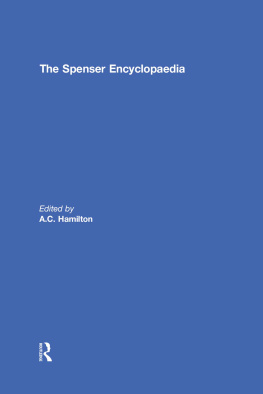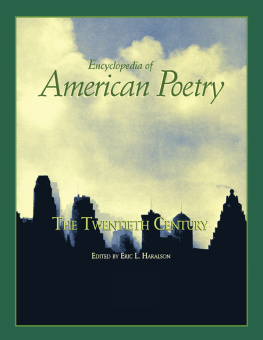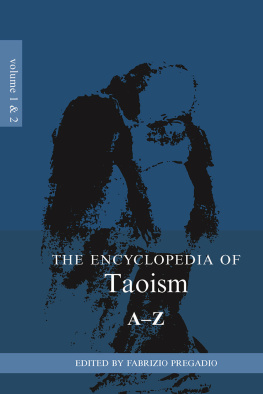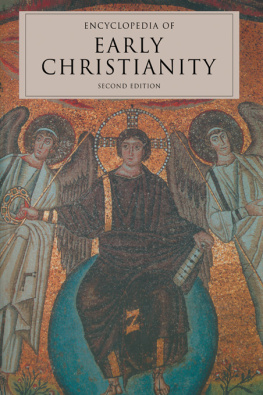The Princeton Encyclopedia of Poetry and Poetics

The Princeton Encyclopedia of Poetry and Poetics
Fourth Edition
EDITOR IN CHIEF
Roland Greene
Stanford University
GENERAL EDITOR
Stephen Cushman
University of Virginia
ASSOCIATE EDITORS
Clare Cavanagh
Northwestern University
Jahan Ramazani
University of Virginia
Paul Rouzer
University of Minnesota
ASSISTANT EDITORS
Harris Feinsod
Northwestern University
David Marno
University of California, Berkeley
Alexandra Slessarev
Stanford University

Copyright 2012 by Princeton University Press
Published by Princeton University Press, 41 William Street, Princeton, New Jersey 08540
In the United Kingdom: Princeton University Press, 6 Oxford Street, Woodstock, Oxfordshire OX20 1TW
All Rights Reserved
Based on the original edition. Alex Preminger, editor, Frank J. Warnke and O. B. Hardison, Jr., associate editors.
Cover art: Jiri Kolar, Love Poem, 1964, collage. Photo: Jiri Lammel. Courtesy of the Museum Kampa / The Jan and Meda Mldek Foundation Collection
Library of Congress Cataloging-in-Publication Data
The Princeton encyclopedia of poetry and poetics / Roland Greene, editor in chief; Stephen Cushman, general editor; Clare Cavanagh, Jahan Ramazani, Paul Rouzer, associate editors; Harris Feinsod, David Marno, Alexandra Slessarev, assistant editors.4th ed.
p. cm.
Rev. ed. of: The Princeton encyclopedia of poetry and poetics / Alex Preminger and T.V.F. Brogan, co-editors; Frank J. Warnke, O.B. Hardison, Jr., and Earl Miner, associate editors. 1993.
Includes bibliographical references and index.
ISBN 978-0-691-13334-8 (cloth: alk. paper)ISBN 978-0-691-15491-6 (pbk.: alk. paper) 1. PoetryDictionaries. 2. PoeticsDictionaries. 3. PoetryHistory and criticism. I. Greene, Roland Arthur. II. Cushman, Stephen, 1956- III. Cavanagh, Clare. IV. Ramazani, Jahan, 1960 V. Rouzer, Paul F. VI. Feinsod, Harris. VII. Marno, David. VIII. Slessarev, Alexandra. IX. Princeton encyclopedia of poetry and poetics.
PN1021.N39 2012
808.1'03dc23 2012005602
British Library Cataloging-in-Publication Data is available
This book has been composed in Adobe Garamond Pro with Myriad Display
Printed on acid-free paper.
press.princeton.edu
Printed in the United States of America
10 9 8 7 6 5 4 3 2 1
Contents
Preface
Poetics, the theoretical and practical study of poetry, is among the oldest disciplines in the West, one of those founded by Aristotle along with ethics, logic, and political science. The Princeton Encyclopedia of Poetry and Poetics is the comprehensive guide to this rich field. This edition of the Encyclopedia significantly develops the past three editions of 1965, 1974, and 1993. Of the more than 1,100 articles, some incorporate and expand their antecedents in those editions, bringing their topics into the present with fresh scholarship and new perspectives. Some 250 entries are entirely new, in response to the changes that poetry and poetics have undergone in the last twenty years. Most articles on major topics have been not only made current but reconceived, in most cases to accommodate a closer attention to poetics. The scope of the Encyclopedia has always been worldwide, concerning (as the original editors put it) the history, theory, technique, and criticism of poetry from earliest times to the present.
The Plan of the Encyclopedia
The solid foundation of the previous editions has offered us the opportunity to enhance coverage without compromising the traditional attention to European and especially English-language poetry and poetics. This edition expands coverage of international poetries, avant-gardes and movements, and the many phenomena, from cognitive poetics to poetry slams to digital poetry that have gained momentum since 1993. Latin America, East and South Asia, Africa, and Eastern Europe are represented here by an infusion of new entries and specialist contributors who present not only the broad canvas of national and regional literary history but the granular detail of informed scholarship.
For instance, to complement the general article on the poetry of the United States, new entries address such topics as the Black Mountain school, the Fireside poets, confessional poetry, and the San Francisco Renaissance. Spanish America is represented by a general essay on the hemispheric tradition in poetry as well as by discrete entries on the poetries of Mexico, Peru, Argentina, Chile, and many other countries. And both sets of articles converse with an authoritative new entry on the poetry of the indigenous Americas, which is in turn augmented by pieces on Guaran, Inuit, and Navajo poetries, among others. Asian poetry and poetics receive substantial new investments in critical discussion, notably in entries concerning the popular poetry of China, Chinese poetic drama, the influential tenth-century Japanese collection known as the Kokinsh, and the poetry of Cambodia, among others. The coverage of India now involves not only a general entry on the poetry of the subcontinent but many more articles on the history and tradition of poetic forms and styles in various languages from Hindi to Gujarati to Sanskrit. Africa and Eastern Europe see a new measure of attention to countries, languages, movements, and styles.
This wave of locality and specificity changes the character of the Encyclopedia, and brings into the book a wide-ranging cast of contributors, new approaches, and topics of different dimensions. It permitted us to reduce the size and scope of many of the larger entries on national poetries. Free of the obligation to define every episode and movement, the authors of articles on topics such as the poetry of England or the poetry of Spain have been encouraged to delineate a literary history in bold strokes; their narratives are complemented by new items on the particular histories of such topics as Georgianism and neo-Gongorism, respectively. The perspectives of omnibus entries on the poetry of Spanish America or of India still have an important place in this edition, offering the reader both a wide view and a close focus.
Moreover, we have challenged the tacit assumption of many handbooks that general poetic terms may be treated through English-language examples only. A large number of general entries here are written by scholars of poetries other than Englisha Hispanist on pastoral, a scholar of the French Renaissance on epideixis, a Persianist on panegyric.
The Encyclopedia includes five kinds of entries: terms and concepts; genres and forms; periods, schools, and movements; the poetries of nations, regions, and languages; and poetry in relation to other cultural forms, disciplines, and social practices such as linguistics, religion, and science. It does not contain entries on poets or works, but discusses these in the context of the larger topics to which they are related. While the A-to-Z format tends to obscure the integrity of these five categories, each one entails certain obligations and challenges.
Terminology makes for one of the most technically exacting aspects of the project. The Encyclopedia remains the authoritative source for brief definitions of particular terms or expansive treatments of broad topics, such as the exhaustive treatment of rhyme. Entries on concepts such as structuralism or speech act theory are designed to engage with poetry over other kinds of literature or writing. This category is home to transhistorical terms such as cento, eclogue, and
Next page

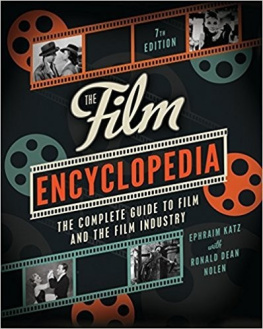
![Mark J. P. Wolf (editor) - Encyclopedia of Video Games: The Culture, Technology, and Art of Gaming [3 volumes]](/uploads/posts/book/279290/thumbs/mark-j-p-wolf-editor-encyclopedia-of-video.jpg)

